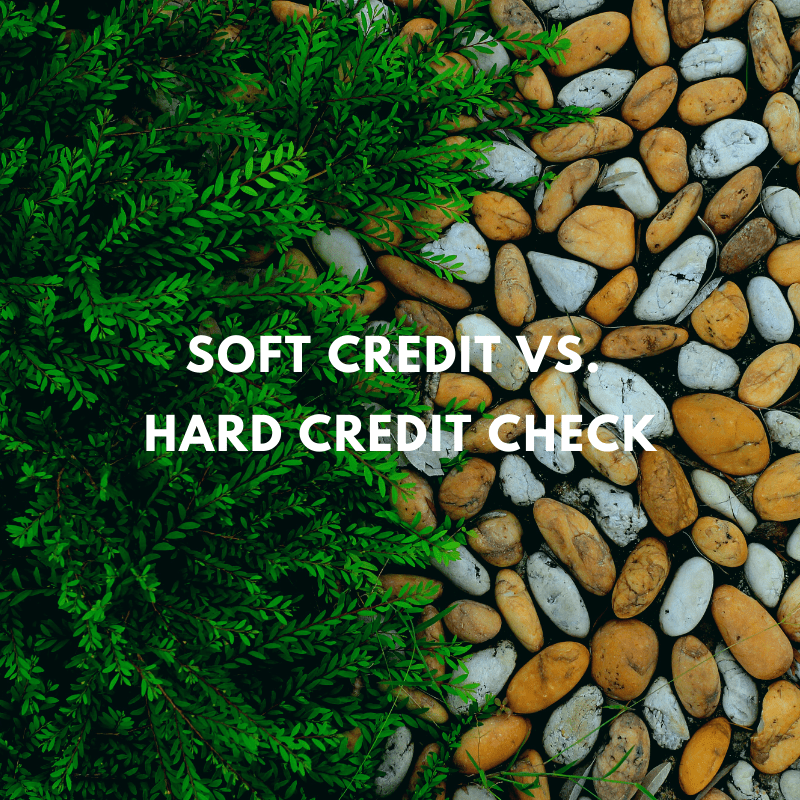Checking accounts tend to have some of the highest fees compared to other deposit accounts, mainly because checking accounts see a lot more transactions.
If you don’t keep an eye on checking account fees, they can become a financial burden. Luckily, there is almost always a way to avoid paying bank fees.
This article will discuss why banks charge checking accounts fees and how to avoid paying them.
Why do checking accounts have fees?
Financial institutions charge checking account fees for certain activities related to your checking account. The fee amounts can vary considerably between different types of checking accounts.
Fees are not exclusive to checking accounts. Other accounts such as money market accounts, savings accounts, and credit cards all have fees.
How to avoid paying checking account fees
Most fees are easily avoidable, while others require some work. Unless you choose a free checking account, you will need to plan to avoid these additional charges.
Understanding what steps you can take to avoid paying the following fees can help you save a lot of money in the short-term and even more in the long-term.
1. Monthly maintenance fee
Monthly maintenance fees, also known as monthly service fees, are fees charged by the bank or credit union for maintaining your account.
In most cases, the fee will depend on the type of checking account you have, with higher-tier accounts generally having higher fees.
How to avoid monthly service fees:
Most banks offer a way to avoid paying this fee, like meeting the bank’s daily or monthly minimum balance requirements or making several direct deposits each month into the account.
Some banks might need you to both, keep a minimum balance and make direct deposits in order to waive the fee.
2. Overdraft fee
Overdraft fees are fees charged when you withdraw or pay for something more than the available balance in your account.
When you go into your overdraft on your account, the purchase or transaction will still go through, and your account will show a negative balance. The bank is essentially providing you with a line of credit.
Overdraft fees are one of the most expensive fees. You might be charged a flat fee for overdrawing your account and interest on the overdrawn amount.
Many banks will also charge you a fee for each time you overdraw your account up to a specific maximum of charges per day. You may also see multiple overdraft charges until you settle the balance due.
How to avoid bank overdraft fees:
This fee can easily be avoided by simply not withdrawing more money than you have.
Some banks offer a grace period during which you can deposit the overdrawn amount and avoid having to pay any fees. However, most banks will only give you till the end of the day to set your account right.
Many banks also offer overdraft protection, allowing you to withdraw from your savings automatically should you overdraw your account.
3. NSF fees
NSF (non-sufficient funds) fees are charged every time you try to withdraw or pay for something more than your available balance.
Unlike overdrafts, the transaction will not go through, but you will still get a charge. In most cases, NSF fees cost less than overdrafts but can add up nonetheless.
How to avoid a non-sufficient fund fee:
Make sure that your account balance can cover any upcoming transactions.
If you’re unsure how much money you have in your account, get a mobile banking app. It’s the easiest and quickest way to check your bank balance to see if you have enough money to cover debit card purchases before swiping your card.
4. ATM withdrawal fees
Financial institutions charge ATM fees whenever you use an out-of-network ATM. The fee amount will depend on your bank as well as the ATM operator.
How to avoid ATM fees:
Avoid using out-of-network ATMs. Some banks also offer reimbursements for fees incurred using an out-of-network ATM, but these are usually limited. Check with your bank beforehand to see how much they refund before using an ATM that is not part of your bank’s network.
5. Debit card replacement fees
Should you lose your debit card, you can expect the bank to charge you when ordering a replacement.
While many banks offer free replacements, you might need to pay a fee when choosing expedited delivery.
How to avoid this checking account fee:
Make sure you keep your debit card in a secure place. Some banks allow you to use your phone instead of a debit card, so you can avoid having to carry the debit card with you everywhere. That way, you’re less likely to lose it.
6. Transfer fees
Some types of money transfers come at a cost, most notably wire transfers.
How to avoid checking account transfer fees:
Use ACH transfers instead of wire transfers, which are always cheaper and, in some cases, free.
7. Check fees
While many banks offer account holders a fee waiver on their first order of checks, subsequent orders can come at a fee.
How to avoid paying for checks:
Try to avoid using checks whenever possible. Many banks offer access to free money transfers using Zelle or PayPal.
8. Bank statement fees
While most banks offer free electronic bank statements, printed bank statements are usually against a fee.
You can view your electronic statements from your mobile banking app or online banking. Paper statements, on the other hand, are mailed every statement cycle.
How to avoid account statement fees:
Opt for e-statements instead of printed statements. Not only will you avoid the associated fees, but you will also be contributing to a cleaner and healthier environment in a more sustainable way.
Avoid fees with a free checking account
Below are a few of our favorite fee-free checking accounts:
1. Ally 
Ally Bank’s Interest Checking account not only doesn’t charge any monthly fees but pays you interest on your balance.
While interest is usually paid on savings accounts rather than checking, Ally offers an APY (Annual Percentage Yield) of up to 0.25% in its checking account.
While this might not be considered a high yield, remember that most checking accounts do not have an interest rate, making it a rather nice perk.
The interest-bearing checking account also includes free ACH transfers (standard and expedited), cashier’s checks, incoming wires, etc. They are also clear and up-front on the fees they do charge.
Learn More:
2. Bank of America Student Checking Account 
Eligible students can use Bank of America’s Student Checking Account, which comes with no monthly fee regardless of balance. The account comes with some limitations, which, although restrictive, can help you ensure that you keep payable fees as low as possible.
The account does not offer any overdraft protection and comes with no NSF or overdraft fees. The account does not earn any interest, and paper checks are not available. To open the account, you need to deposit a minimum of $25.00.
Learn More:
3. Capital One 360 Checking Account 
Capital One’s 360 Checking Account has no opening or monthly fees. You also get fee-free ATM withdrawals from over 40,000 ATMs, which are available nationwide. When it comes to overdrafts, Capital One gives you three options:
- a full business day grace period to transfer the overdrawn amount
- free transfer from your savings account, or
- decline the transaction.
There are no minimum opening deposit requirements, and you’ll earn an APY of 0.10%, regardless of your balance – of course, as long as there is some money in it. Cashing a foreign check is also free, as are the first 50 checks.
Learn More:
4. Discover Checking Account 
Discover’s checking account comes with no monthly fees, regardless of the balance of your account. You also get 1% cashback on eligible qualifying purchases of up to $3,000 every month, which means you can make as much as $30 each month.
Discover doesn’t charge their customers any fees for several things, including NSF (insufficient funds), debit card replacements, and stop payment orders. You also get fee-free withdrawals from over 60,000 ATMs – one of the largest ATM networks in the US.
Learn More:
Frequently Asked Questions
What is a checking account?
A checking account is a type of bank account. Checking accounts are mainly used to pay for monthly and daily expenses since these accounts don’t have withdrawal or transfer limits like savings accounts.
Unlike savings accounts, they do not bear interest. It is worth noting that some banks do offer interest on their checking accounts, but this is not the norm.
Checking accounts typically have debit cards and checkbooks tied to them and accept direct deposits, including wages and government allowances.
What banks do not charge a monthly fee?
Many banks won’t charge you a monthly fee – this is one of the fees that can very easily be avoided. Some banks will require you to keep a monthly balance over a certain amount while others, like Discover, Capital One, and Ally – just don’t charge one.
Most online banks also don’t have any maintenance fees, making them the ideal choice if you are looking to avoid paying for an account.
Which banks charge a monthly fee?
Many banks charge a monthly fee. While traditional brick and mortar banks charged monthly fees, many banks have dropped them because they’re trying to compete with online banks.
Those that still charge such fees tend to offer a fee waiver. To be eligible for these waivers, you’ll need to maintain a minimum balance or make monthly direct deposits into the account.
Do bank accounts cost money?
If you’re very careful with using your bank account, you can avoid paying all fees – and make the bank account free. Choosing a bank account that does not charge any monthly fees is the first step, but it does not end there.
Making sure you have enough money to cover your transactions, using network ATMs, and opting out of receiving printed bank statements are some of the things you’ll need to do to avoid paying any bank fees.





Comments are closed.
Comments are closed here.